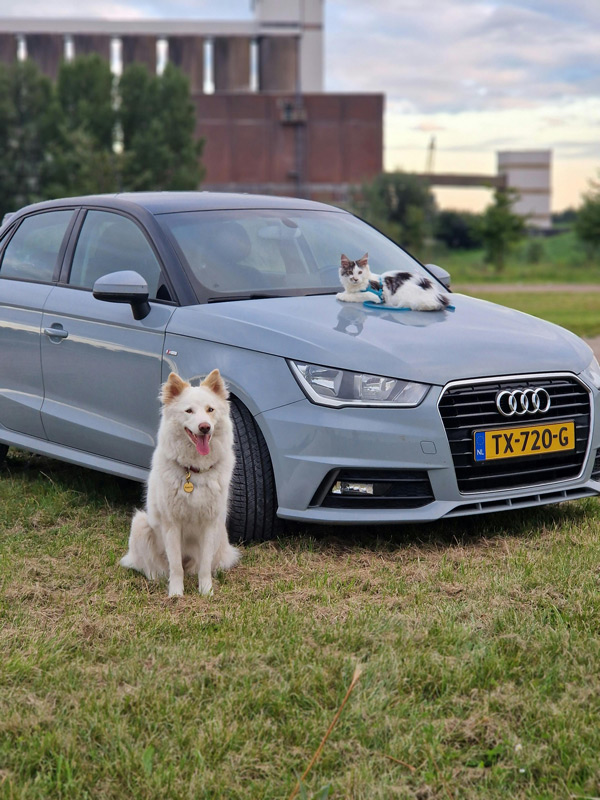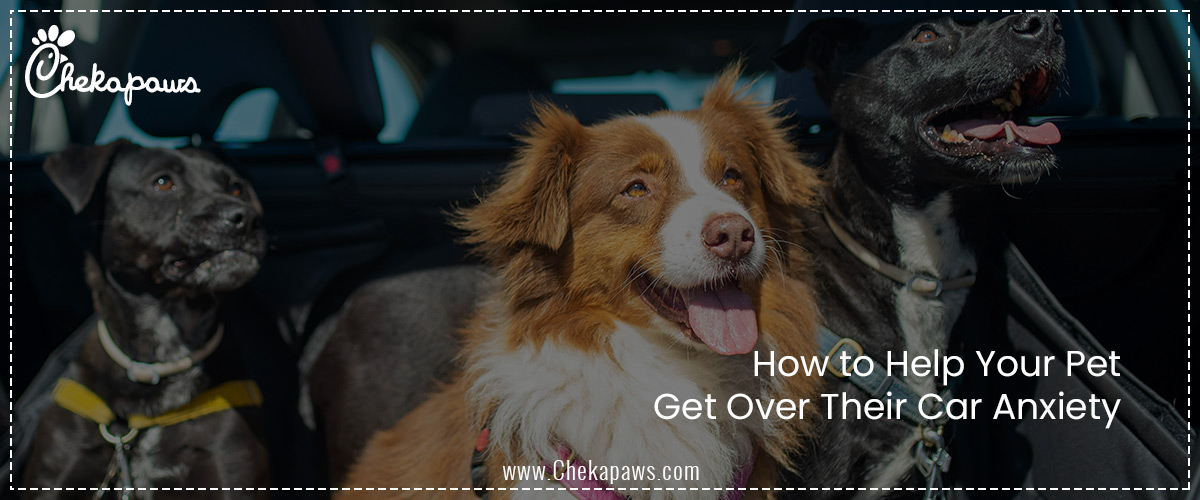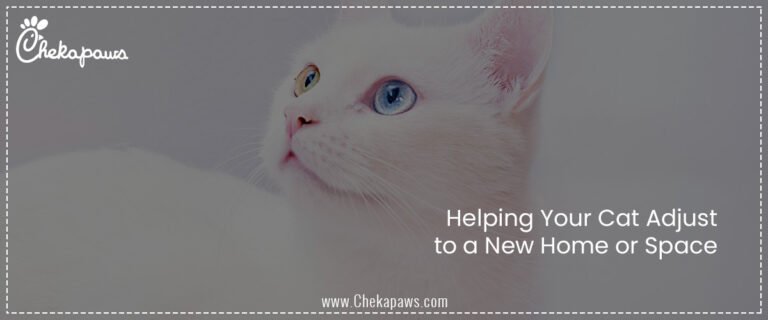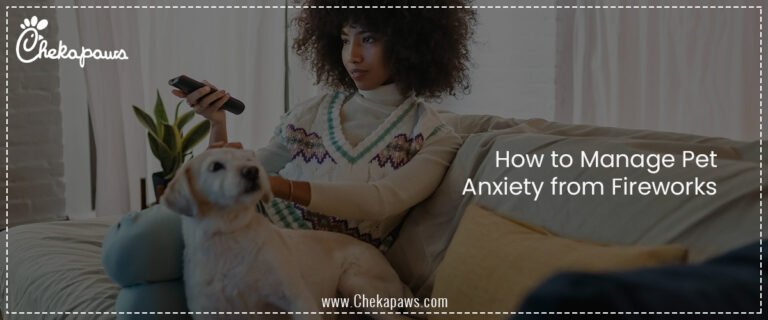As a pet parent, I understand how. Car anxiety in pets is an usual problem that many owners face. Seeing your pet in distress during a car ride, whether through whining, trembling, panting, or vomiting, can be upsetting. However, with time, training, and the appropriate tactics, you may make your pet more comfortable in the car. In this detailed guide, we’ll look at the reasons of car anxiety, symptoms to watch for, and step-by-step methods to help your pet overcome their concerns.
Table of Contents

Understanding Car Anxiety in Pets
Causes of Car Anxiety
Negative Associations: Your pet may grow anxious if they come to link car rides with unpleasant things like going to the veterinarian.
Motion Sickness: Some pets get anxious when they feel nauseous or lightheaded in moving cars.
Lack of Exposure: Car rides can be too much for pets who haven’t experienced them since they were little.
Loss of Control: Some pets may become nervous when they encounter a moving thing over which they have no control.
Sensory Overload: Unfamiliar environments, loud engine noises, and traffic noises can all increase anxiety.
Signs of anxiety in cars
- Too much drooling
- Barking or whining
- Pacing and panting
- Trembling or shaking
- Defecation or vomiting
- Attempts to hide or get away
Preparing Your Pet for Car Travel
Create a Positive Connection
Introduce the Car Slowly: While the car is motionless, let your pet explore it. Sit inside with the doors open and let them smell around.
Use Praise and treats: Give your pet praise and treats for remaining calm in the car.
Make the Car a Happy Place: To create a cozy and familiar atmosphere, put their favorite blanket, toy, or even a piece of your clothes inside the car.
Gradual Desensitization
- Start with little amounts of time spent with the car motionless with the engine turned off.
- Reward calm behavior by starting the engine without driving once you’re comfortable.
- Travel time should be increased gradually after making short trips around the block.
Methods for Counterconditioning
- Associate the car with enjoyable activities, like park visits.
- Use interactive toys or food puzzles to divert their attention.
- To create an at ease surroundings, play soothing music or apply pheromone sprays.
Managing Anxiety During Car Rides
Protect Your Pet
- Keep your pet safe and secure by using a crash-tested pet seatbelt or a pet carrier with sufficient airflow.
- Avoid from giving them unrestricted freedom because this can make them more anxious and dangerous.
Avoid Motion Sickness
- Avoid giving your pet a large dinner just before you leave.
- Maintain a cool and well-ventilated car.
- If your veterinarian advises it, take anti-nausea medicine.
Stay composed and consistent
- Your pet is able to sense your feelings. Stay calm and use a calming voice.
- Steer clear of giving too much assurance, as this might cause anxious behavior.
Other Ways to Manage Severe Anxiety
Natural Remedies
- Calming Supplements: Supplements such as chamomile, valerian root, or CBD oil may help lower anxiety.
- Aromatherapy: When used properly, essential oils of lavender or chamomile can have a relaxing effect.
- Pheromone Diffusers: Products that imitate relaxing pheromones include Feliway for cats and Adaptil for dogs.
Behavioral Training and Therapy
- If your pet has severe anxiety, consult a trained animal behaviourist.
- Methods for counterconditioning and desensitisation can be customised to your pet’s need.
Medications
- For severe situations, speak with a veterinarian about anti-anxiety drugs.
- For long-distance travel, prescription sedatives or soothing medications could be required.
Long-Term Tips for Success
- Maintain your exercise and car-travel schedules consistent.
- Make sure that experiences are fulfilling and positive.
- Monitor progress and make the necessary adjustments.
- To rule out basic health conditions, schedule routine veterinary checkups.
Conclusion
Some patience, time, and a mix of calming treatments and training methods to help your pet get over their car anxiety. By understanding the root causes and putting promoting measures, counterconditioning, and gradual exposure into practice, you can make stressful vehicle drives enjoyable for both you and your pet.
Your pet will learn to feel comfortable and safe while travelling if you show them love and commitment!







